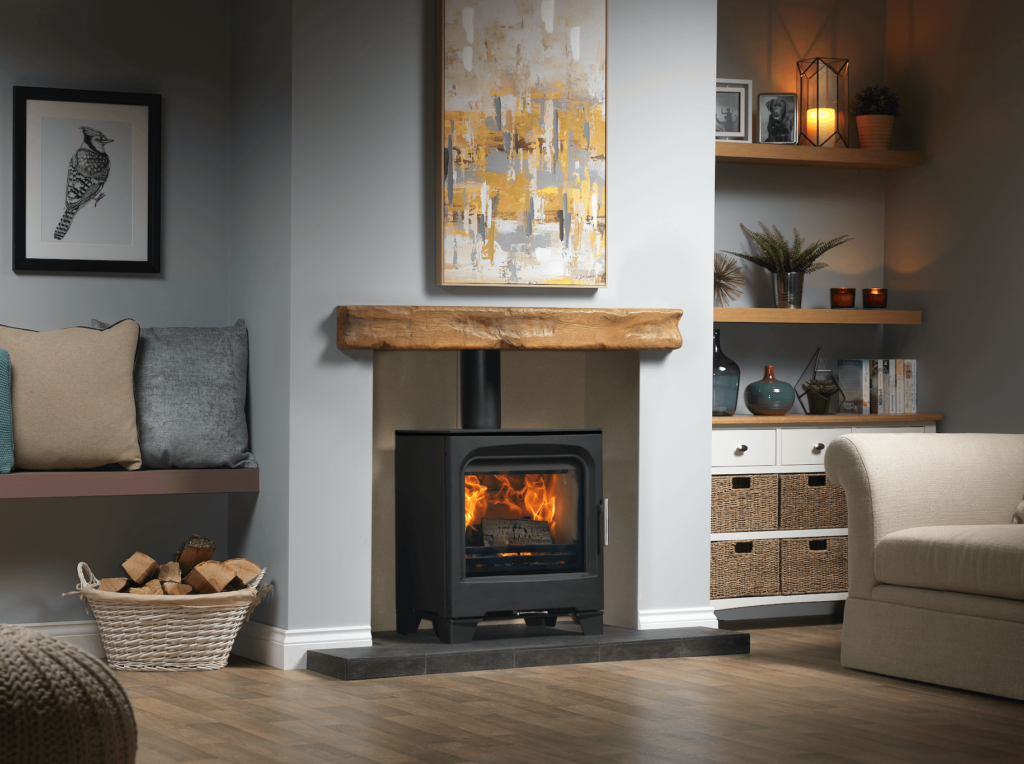Fuel prices are rising. The energy price cap is set to rise by £693 on 1st April 2022, which means people will be paying a lot more to heat their homes. This price cap will increase energy prices for around 22 million customers. For customers on default tariffs, they will see an increase of £693, from £1,278 to £1,971 a year. Customers who are on prepayments will see their energy bills increase by £708. This means their annual bills will leap from £1,309 to £2,017.
For UK households, these price increases are, at best, unwelcome. But at worst, they place crippling pressure on already stretched family finances. National Energy Action said as a result of these price increases, that would put 8.5 million households in severe financial difficulty. Currently, around 15% of homes in the UK are considered to be in fuel poverty. This could rise to an unprecedented 30%. This is going to have a considerable impact on the health, on both a physical and mental front for many people. While the summer months will mean lower heating costs, come the cooler weather, this is when we will see awful situations arise.

Options – Taking Control:
While we are aware, stretched families struggling to pay for essentials may not have the means to buy a new wood-burning stove, if you already have a wood-burning stove, it could be a smart idea to use it more to stay warm. With a wood-burning stove, you know exactly where you are in terms of costs. You buy wood (or harvest it yourself), and then you burn that wood. You need not worry over price caps or spikes in gas and electricity. Burning wood is simple and gives you back control. While some households burn wood to heat water and warm a house, this is not a realistic option for all. However, using a wood-burning stove is a brilliant secondary heating source. Why heat an entire house when you can just heat one room? It will save you a lot of money. Secondary heating is one way you can save money with your heating.
There are a number of benefits to secondary heating:
- Environmentally friendly. A great way to lower your carbon footprint is to consider secondary heating. If you’re cold, why heat the entire house if you’re using just one room? If you need a light on in a room, you don’t go around the house turning on every light in every room, do you? It’s the same when it comes to heating.
- Its cheaper. With the aforementioned energy prices rising, it makes perfect sense to try and save money where possible. Heating just one room will work out much cheaper than warming the entire house.
- It looks great. Some secondary heating can look amazing and prove to be a real feature in a room. It looks good and is there to keep you warm when needed.
Grow your own wood?
For complete and total self-sufficiency, you can always grow your own wood. It may not be as a crazy idea as it first seems.
Grow One Tonne of Firewood Every Five Years!
You don’t need acres of woodland as you would imagine. As little as 10 x 15m space (half the size of an allotment) would provide around one tonne of firewood every five years. This means a very healthy supply of firewood each year, around 200kg, which is more than enough for most households over the winter months. This is a sustainable, environmentally friendly and free way to keep warm.
What Type of Wood?
You will typically need to plant fast-growing, tough willows, collectively known as “super willows”. Willows are tough as they can grow in poor soil, in exposed places and even on rough ground, so you do not need to be overly concerned about having perfectly fertile soil. Willow, however, is not the best type of firewood, and it can be quite difficult to cut. However, if you can cope with these disadvantages, you will be on your way to becoming heat self-sufficient.
You can opt to grow more suitable wood like oak. However, you will be waiting around ten years before it is ready to harvest, then around 2 years to fully season this hardwood.

It takes around 2 years to fully season wood that is ready to burn.